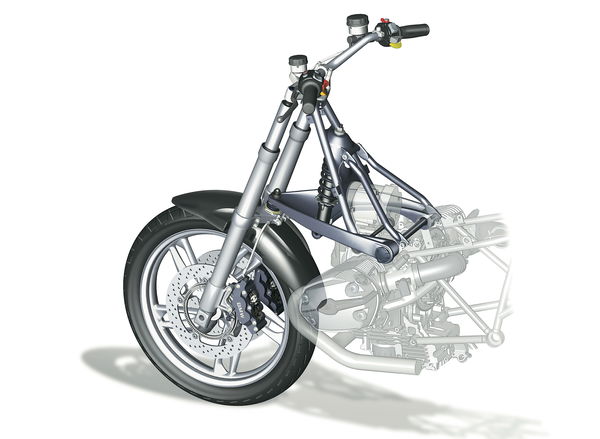How to… fit heated motorcycle clothing
Stay warmer - and consequently safer - through mid-winter Arctic blasts
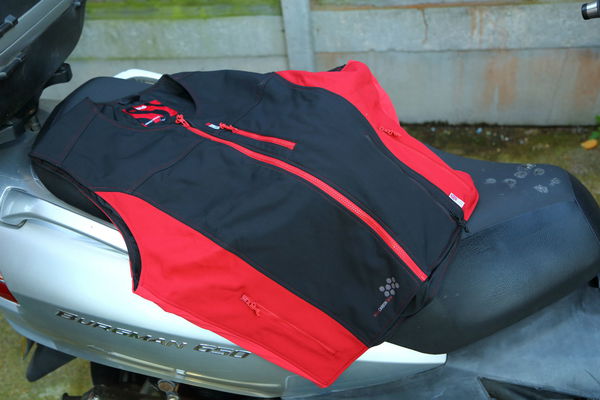
Words and pictures: Alan Dowds
IF you've never tried using heated clothing for winter riding, you're really missing out. In the same way that heated grips add a new level of comfort to your hands, having an electric hot vest will keep you far toastier than almost any conventional insulating winter jacket.
We've fitted some KEIS electric kit for the present Arctic blast. Here's how to do it.
1: Pick your kit
We've gone for a solid level of heating here – a zip-up gilet/vest, and a pair of undergloves. You can get even more coverage, with heated sleeves, trousers and socks too. But for our needs in the relatively balmy SE of England, this will more than do the job. We've also got a battery pack that lets you use the kit without a bike connection. That's handy for when you're off the bike, or if (like us journos) you often ride different bikes without a connector on them.
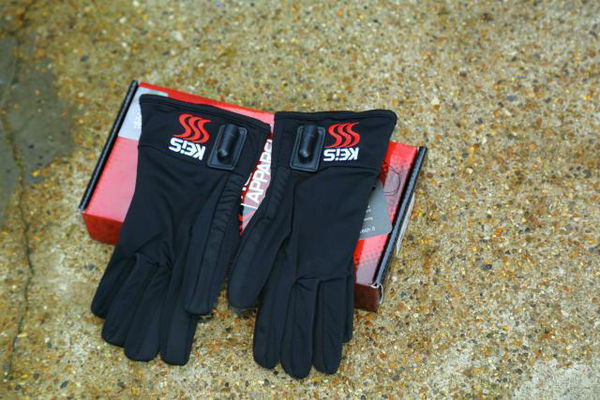
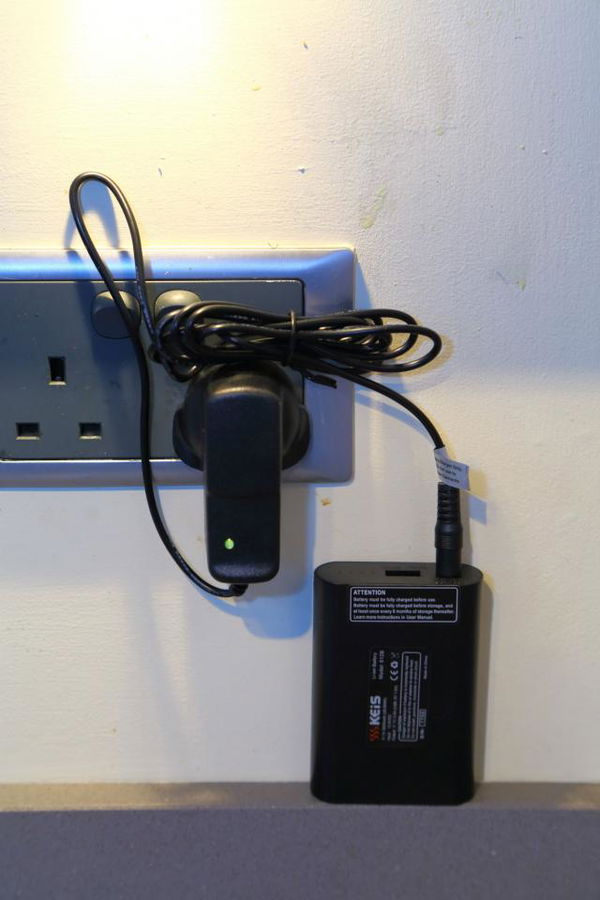
The wiring supplied is fairly simple: a permanent 12v connection which goes to the battery positive and negative terminals. Unlike most bolt-on electricals, you don't need to worry about using an ignition switched live feed, because unlike heated grips, say, you can't really leave the kit switched on when you're off the bike…
The kit we're using is supplied with a range of fuses for the fuse housing incorporated into the connecting cable. That means you can choose the correct fuse for whatever you're plugging in. The vest and jacket draw different amounts of current, and if you add on gloves or socks, you need to add on more amperes as needed. We're using a 7.5A fuse for the vest and gloves.
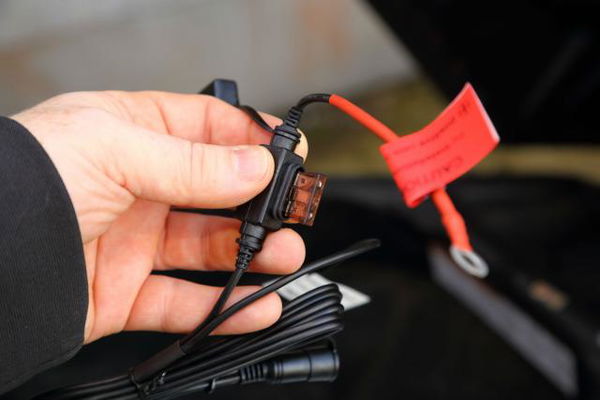
Loosen the battery connectors, negative first, and attach the cable ring connectors. Use cable ties to secure the lead in place and pass it out under the seat to a spot where it can reach the vest. Note I already have an Optimate charging cable here: if you're feeling handy, you could make up a connector to fit your heated kit into the Optimate connector, so you only have one socket on the bike. Make sure the fuse is up to the job though: the stock charger lead may have a lower rating.
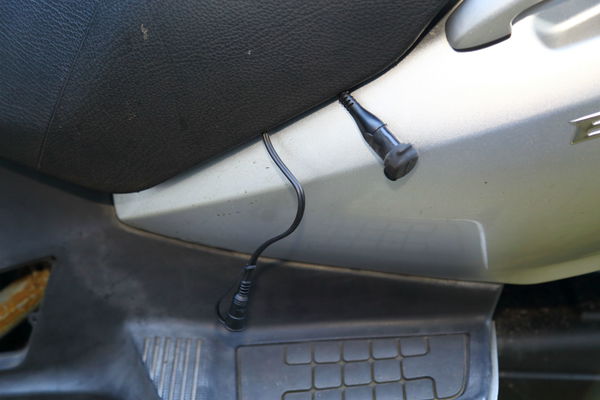
KEIS supplies a variable heat controller, which lets you adjust the warmth on the vest – a good idea. The vest also has sockets under the arms that let you connect the gloves through your sleeves, so there's just one plug into the bike.
Take care to wear a decent layer under the vest. If you only have a thin t-shirt (or nothing), those heating elements can feel hot.
If you're relying on the kit to keep you alive on a long ride, be sure to have spare fuses, and check the connector cable regularly. You don't want it to fail when you're a hundred miles from home in -10°C, with just a light jacket on.
Click here to read our KEIS X10 heated bodywarmer review.
Click here for more Visordown how-to guides.

